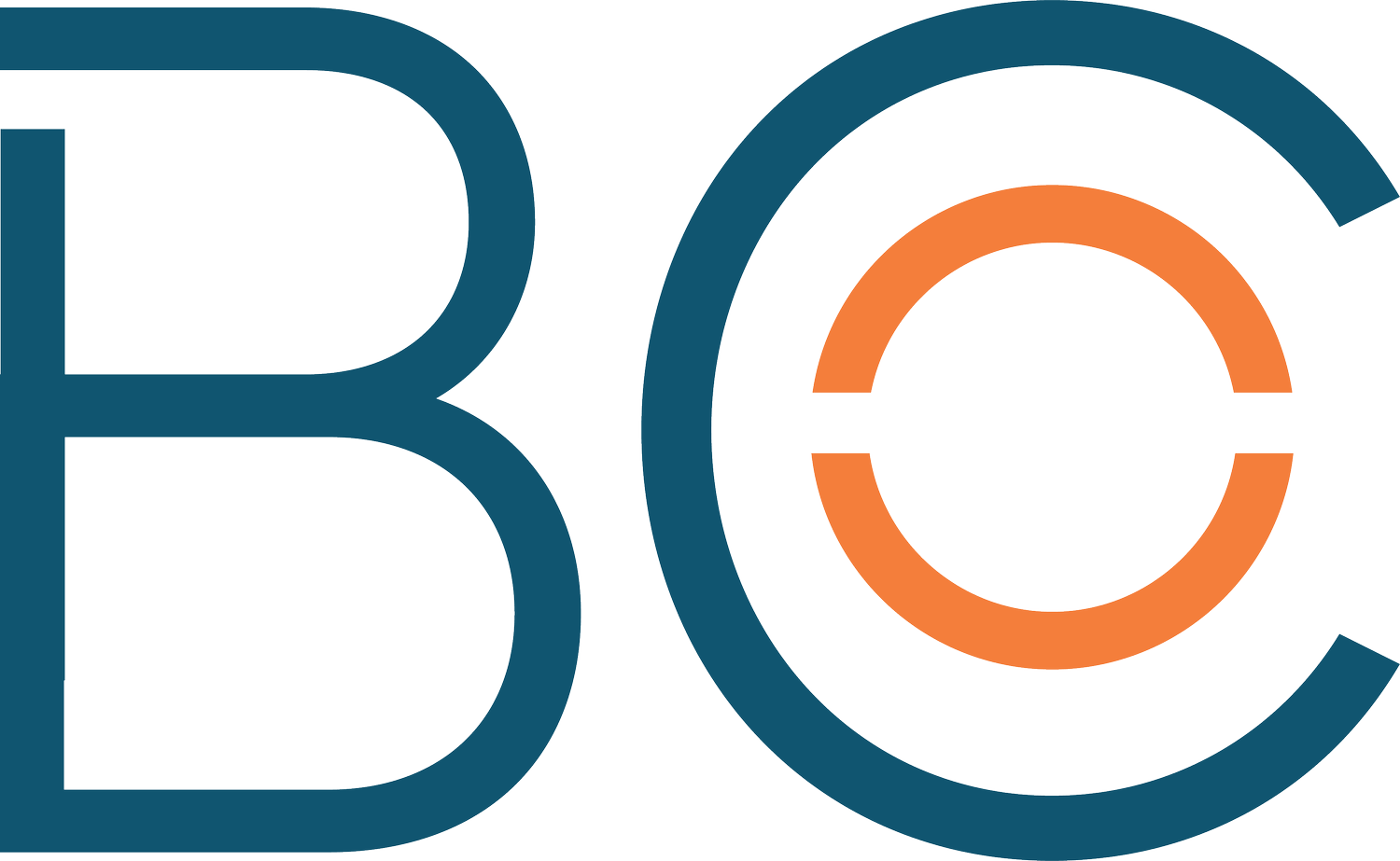Keys to Successful Digital Advertising
New to the digital advertising world? Welcome to the fun. If you’ve been in the game for a while, then like us, you know you can’t create a strategy, set it and forget it. Instead, it’s essential to test and iterate your efforts. This means understanding your customer and knowing how to budget campaigns accordingly.
In the constantly changing media landscape, here are the keys to being successful both now and in the future.
Who is your customer?
I can’t underscore the importance of this enough. There are too many brands and companies that spray and pray with their advertising and wonder why their return on ad spend (ROAS) falls below expectations. Knowing your customer enables you to craft products, messaging, and design that appeals to their wants and creates engagement. Without knowing who your customer is—including their likes and dislikes—and presenting what makes your brand or product unique or compelling, you never stand a chance against the onslaught of impressions from competing brands that understand and optimize their top of funnel experience.
Where is your customer spending their time?
This builds on the previous item and shows just how important it is to build up from a solid foundation. Once you understand your customers, it’s important to understand where they’re hanging out in the digital ecosystem. Are they Baby Boomers who hang out on Facebook? Or, are they 17-year-old Gen Zers obsessed with TikTok or Snapchat?
It’s also important to consider whether your product is one that people frequently search for, or if it’s something new and special. For most brands and products, it’s smart to extend your spend beyond Google Adwords and Facebook Advertising. Because competition is fierce, you shouldn’t put all your advertising eggs in one basket. Most importantly, there may be other opportunities that would better match your audience—allowing you to stand out, further scale your spend, and improve your ROAS.
Create compelling content across the customer journey.
Once you understand your customer and know where they spend their time, it’s time to deliver. Creating compelling content is crucial in generating interest and engagement, click throughs, time on site, interactions, and, ultimately, conversions. Consider what customers want or need to know about your products or brand. This includes appealing to them at the early stages of their initial impressions, engaging them in the middle of the funnel, and converting them at the end of their lifecycle.
The most effective advertisers and marketers understand exactly what’s needed to move through each stage of the buying cycle. They know how to deliver the right content at the right time to keep the customer experience moving and their business growing.
Start with a budget that makes sense.
Some clients come to us with an exact sales goal and ask what advertising budget makes sense to achieve those numbers. If only it were that simple. X in spend does not always equal Y in revenue. From our experience, it’s best to first understand client goals and historical data (if available), and then generate a testing plan at a sensible scale. The worst thing in media testing (at least in my opinion) is dumping a ton of money across a wide range of channels that deliver a poor initial result without a clear understanding of reality.
Instead, put together a testing budget that won’t blow the bank but gives you a solid read on what works, what doesn’t, and where to adjust. Every company is different, but it’s typically best to build up a core media budget that performs to a desired ROAS—and then pick a percentage between 1-20% that can be directed towards new opportunities or further testing. Most brands want to scale their campaigns while minimizing risk, so approaching budget and growing rationally with solid data is always best.
Test and refine at all stages. Everything I’ve just mentioned should be viewed as an ongoing process of improvement. Keep your fingers on the pulse of what’s working and what you could and should try next. By adopting a culture of constant testing and optimization, you’ll be well on your way to learning what your customers like and what they don’t. Test everything at all stages of the customer experience, including audiences and demographics, visual design and copy, landing pages, and check out process. Whether you use Google Optimize, Klaviyo, or other platforms, most offer A/B or multivariate testing and meaningful reporting to help determine what’s working best.
Consistently refining your customers experience can help win back dollars you didn’t even know were on the table. That’s when the fun really starts. Because you can further expand your tests and scale media as key metrics improve—like lower CPAs and increased conversions—incorporating these learnings helps boost the performance of your campaigns. This ultimately helps you understand what it takes to delight your customers and keeps them coming back for more of the awesome you have to offer.

